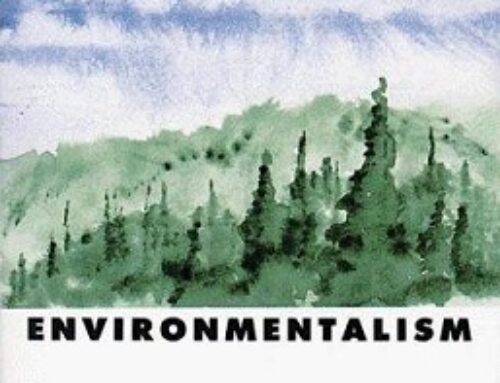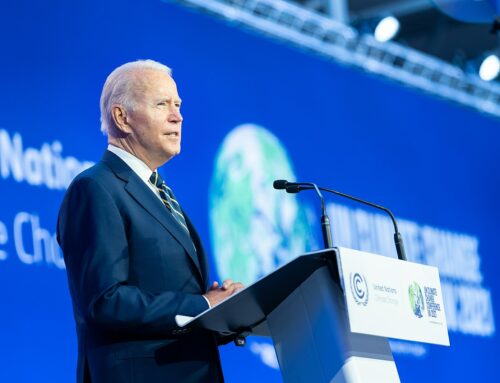by Greg Walcher, E&E Legal Senior Policy Fellow
As appearing in the Daily Sentinel
Last week we considered the Biden Administration’s 10-year, $50 billion strategy for addressing the national forest fire crisis. That would more than double the budget of the U.S. Forest Service (USFS), to reduce wildfires and restore health to 20 million acres of national forests in the West. Not all across the West, but in a few specific parts of it.
That is an important distinction, because it reveals much about the timing behind this ambitious plan. If you are concerned that Colorado already has over three million acres of dead trees, vast tinderboxes ready to burst into catastrophic infernos, you should know that there is very little in this plan to reassure you. No, the plan focuses on 20 million specific acres of the “wildland urban interface,” areas where urban development has so encroached on forests that wildfires are likely to destroy homes.
There is nothing in this plan for the Gunnison, Uncompahgre or Grand Mesa National Forests. Nothing for the White River, Rio Grande or Routt National Forests. Aside from a small fraction of the San Juan near Pagosa Springs, all of the designated “High Risk Firesheds” (is that even a word?) in Colorado are on the Front Range. They include only the national forests close to Denver, Colorado Springs, Boulder and Fort Collins. For the same reason, the areas designated for “treatment” include most of the forests in California. That reason is simple if you understand it has little to do with restoring healthy forests and everything to do with saving homes and communities.





